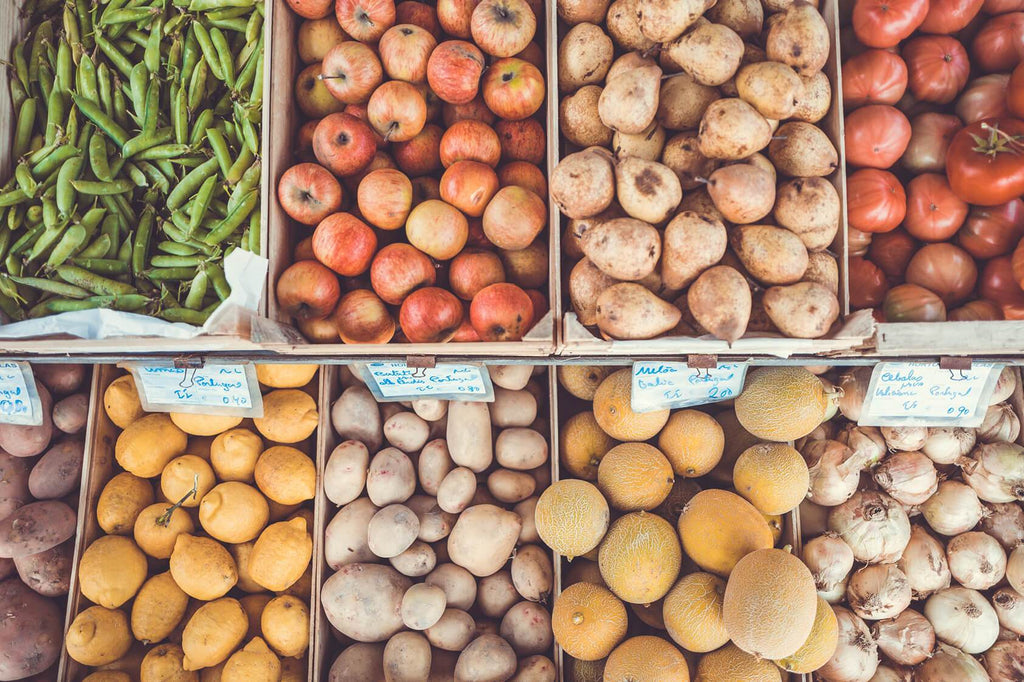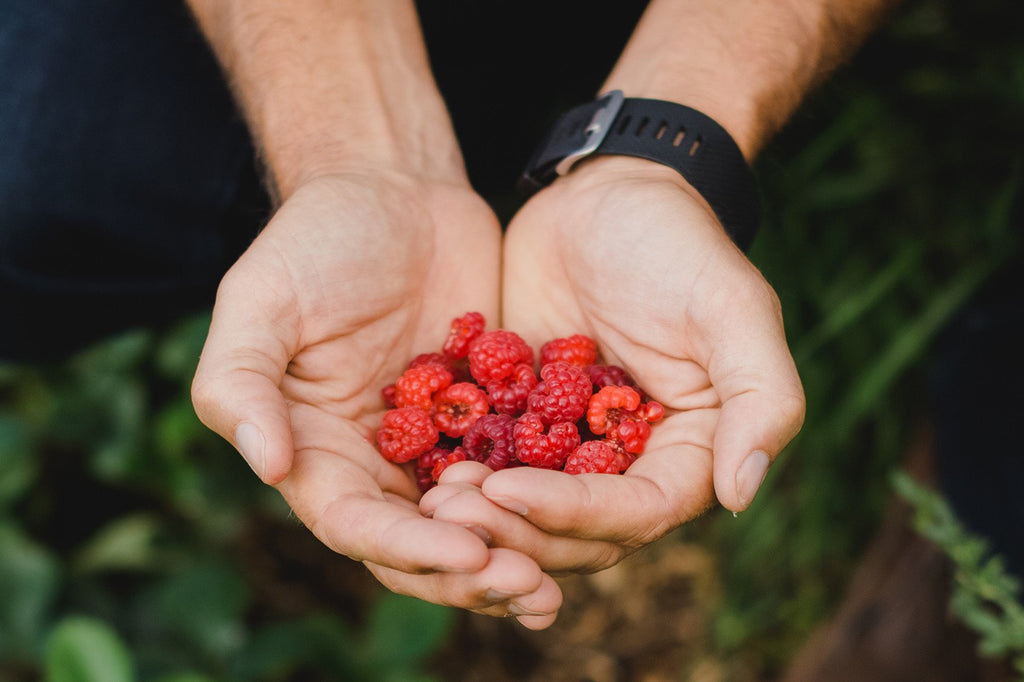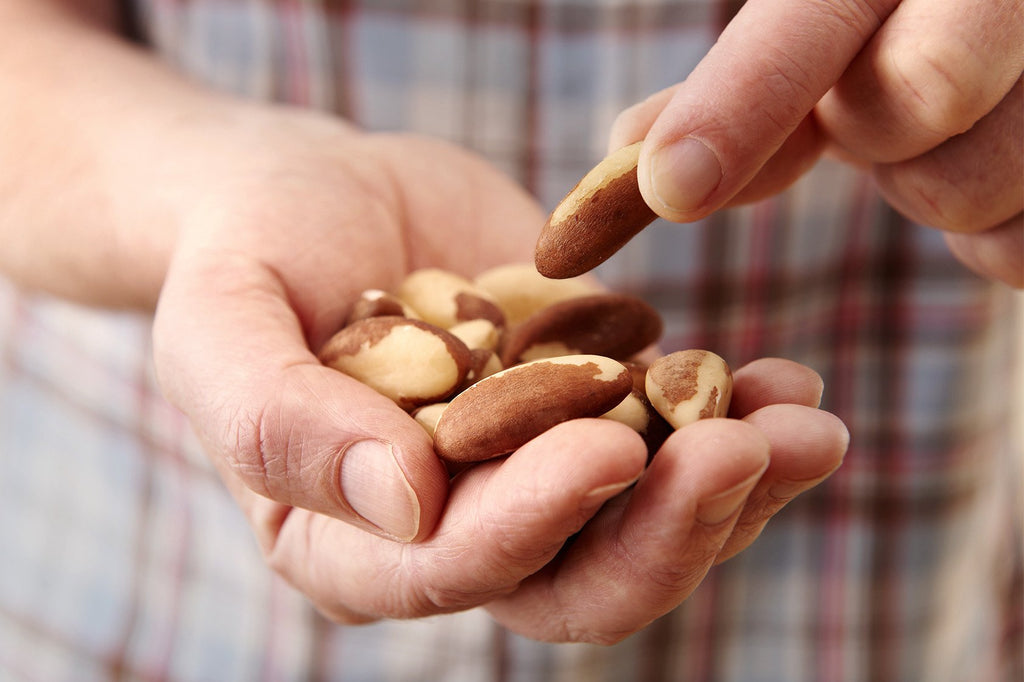
At the BePure Havelock North and Auckland Clinic, we use functional, gold-standard testing to try and find the cause of many common health concerns that our clients experience.
While we always recommend finding the cause of the issue through testing, there are many ways to alleviate the current symptoms. This week on the blog we are looking at prevalent hormonal imbalances. If you are someone who suffers any of these or know someone else that does, one thing we often suggest to our BePure clients is a soothing, warm cup of herbal tea.
There is a lot of overlap between symptoms and the herbal benefits. I highly recommend having some fun with them and testing which combinations are your favourite.
In this blog, we will be looking at herbs you can consume as a herbal tea or infuse into oils. It's important to note that while the herbs used in these recipes are targeted at the specific hormonal imbalance listed, they are not intended to treat any of these symptoms.
How to make your own herbal tea
The best option is always to “pick and pour.” Most of these herbs are really easy to grow yourself and you can use the leaves, flowers, stems, roots or combine them all. With seasonal herbs, you can pick them when they are flowering and dry them so you can use them all year round. With roots, you can use them fresh or dried, chopped or ground down before infusing.
You can also buy fresh herbs, organic if possible, from your local grocery store or market.
Add herbs to boiling water and then steep for 10 minutes before drinking as a fresh herbal tea. Once you get the hang of it, try getting creative and mixing them together as you choose.
For those that don’t have easy access to fresh herbs, there are many great organic tea brands that make delicious healing blends. Remember our aim at BePure is always to help you make sustainable, long term, positive changes.
How to make your own infused oil
If you are picking fresh herbs from your own garden you want to pick them in the morning before the heat of the day. You also need to ensure they are not wet with dew, as this can cause them to go rancid in the oil.
When making infused oils you can be a little flexible with the measurements as this will not greatly impact your final infused oil outcome. It's good to experiment and have fun with it.
Use the herb of your choice and add to a carrier oil such as almond, jojoba or extra virgin coconut oil. Leave your oil to infuse for 4 weeks, traditionally this would be one full cycle of the moon. Drain through a cheesecloth and squeeze. You can use your infused oil a rub or as a base to add other essential oils too. Some options include geranium essential oil, clary sage essential oil or rose essential oil.
1. Herbs great for all reproductive and hormonal concerns
Raspberry Leaf: (Rubus) This is a fantastic herb for uterus and womb health. It’s easily available and a great base to add other herbs too.
White Peony (Paeonia lactiflora): Use the root of this plant as a hormonal normaliser for any menstrual dysfunction or PCOS.
Tea
- Steep these herbs alone or with any other herb listed below to elevate hormonal symptoms and improve female health.
2. Herbs that target Premenstrual Syndrome (PMS)
Lemon Balm (Melissa officinalis): This herb has a vast array of uses. Some of these include being great for digestion, soothing to the nervous system and liver system. It can also help reduce some of those PMS symptoms like insomnia and irritability.
Chamomile (Asteraceae): This is a lovely, calming herb for your mood and also helps to reduce inflammation.
Nettle leaves (Urtica dioica): Nettle is a great nutritive tonic as well as a depurative, which means it aids detoxification and elimination. It's good to use this one pre-menstrually.
Dandelion leaves (Taraxacum): This is a great diuretic if you are retaining water.
Dandelion root (Taraxacum): This is a hepatic herb which means it relates to the liver. It is good for digestion, the liver, aids in gall bladder function and helps with regular stool motion.
Teas
- For a tea that contains powerful antioxidants, helps to reduce inflammation within the body and reduces PMS symptoms, steep lemon balm, chamomile and nettle leaves together.
Infused oils
- For a calming rub when you are experiencing irritable PMS symptoms, add 5 drops of geranium essential oil and 5 drops of bergamot essential oil to 10ml of carrier oil, such as almond oil.
- For a grounding and calming rub when you feel weepy PMS symptoms, add 5 drops of geranium essential oil, 5 drops of clary sage essential oil and 5 drops of rose essential oil to 15ml of a carrier oil, such as almond oil.
3. Herbs that target painful periods
Pukatea (Laurelia novae-zelandiae): The pukatea tree is an NZ native. Its bark can be used as a very effective pain reliever.
Ginger (Zingiber officinale): This is a warming spice that aids in circulation. It is rich in phytonutrients called gingerols. Studies have shown that gingerols have antioxidant, anti-inflammatory, antiviral and antibacterial effects.
Cinnamon (Cinnamomum): Also a warming spice that aids in circulation, cinnamon is packed with antioxidants that help reduce inflammation.
Lime Blossom (Tilla): This flower is a mild sedative that relieve headaches, anxiety, insomnia and muscle tension.
Passion Flower (Passiflora): Like its name suggests, this is a kind, gentle and calming wildflower that relieves nervous system and elevates painful spasms.
Tea
- For a tea that will increase circulation to the inflamed area reducing painful symptoms, steep pukatea with ginger and cinnamon and add a little honey.
- For a tea that relaxes the nervous system and helps with painful symptoms, steep ginger, lime blossom, chamomile and passion flower.
Infused oils
To relieve painful period symptoms rub these oils over your abdomen and lower back.
- Infuse 1 thumb size piece of ginger, 2 tsp pepper corns, 3 tablespoons rosemary leaves and a few drops of nutmeg essential oil in 100ml of carrier oil, such as almond or jojoba.
- Infuse 100gr of fresh or dried juniper berries in 250ml of carrier oil, such as almond or jojoba.
- Add 15 drops of Rosemary essential oil and 10 drops of Geranium oil to 25ml of carrier oil, such as almond or jojoba.
4. Herbs that target heavy bleeding
Nettle leaf (Urtica dioica): This is also an astringent, high in iron and nutritionally dense. It's also easily grown.
Parsley (Petroselinum crispum): Similarly to nettle leaf, parsley is high in iron, nutritionally dense and easily grown.
Shepherd's Purse (Capsella bursa pastoris): This herb helps to reduce bleeding and all aerial parts can be used, such as the leaves and flowers.
Ladies Mantle (Alchemilla vulgaris): This herb also helps to reduce bleeding and all aerial parts can be used, such as the leaves and flowering stems.
White Peony (Paeonia lactiflora): Use the root of this plant as a hormonal normaliser for any menstrual dysfunction or PCOS.
Tea
- For a tea to help reduce menstrual bleeding, steep nettle leaf and parsley with raspberry leaf.
5. Herbs that target Hot Flushes
Sage (Salvia officinalis): This herb helps to reduce hot flushes.
Red clover flowers (Trifolium pratense): This herbs aids with symptoms of low estrogen when coming into menopause.
Tea
- For a tea that helps to reduce hot flushes, steep sage flowers and leaves, red clover flowers and raspberry leaf.
Infused oil
- Add 11 drops of geranium essential oil, 3 drops of sage essential oil, 6 drops of peppermint essential oil and 10 drops of lime essential oil to 30ml of carrier oil. To apply use as a rub on torso and arms.
* Disclaimer: This is not intended to treat or cure, it's intended to alleviate or support your symptoms. If you suspect you have a hormonal imbalance or are currently struggling with any of these symptoms please seek assistance. You can contact your GP, health care provider or the BePure team at info@bepure.co.nz.






